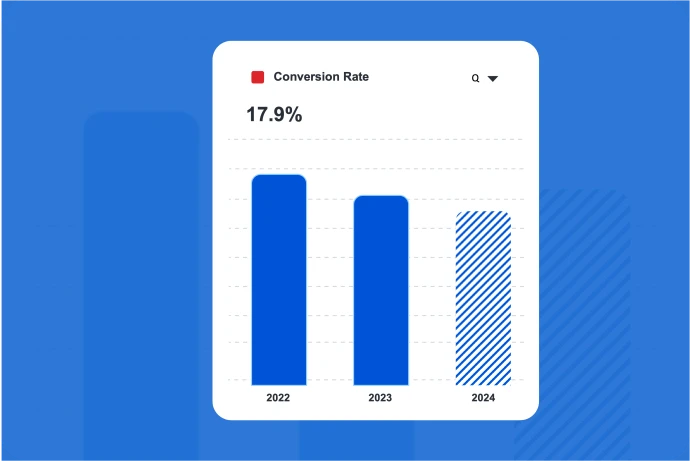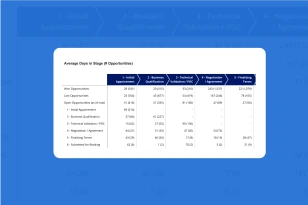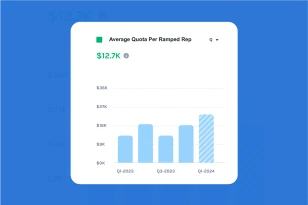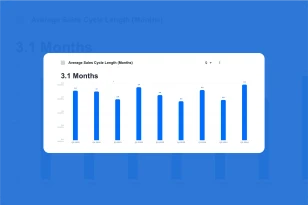What is Pipeline Conversion Rate?
Pipeline Conversion Rate measures the percentage of prospects or opportunity dollars that progress successfully through the sales pipeline and convert into paying customers. It reflects the efficiency and effectiveness of the company’s sales and marketing efforts in turning leads into revenue.
Why is it important to monitor Pipeline Conversion Rate?
Pipeline Conversion Rate is a critical metric for several reasons:
- Sales Efficiency: It provides insights into the efficiency of the sales process. A high conversion rate indicates that a higher percentage of leads are successfully converted, optimizing the use of sales resources.
- Revenue Prediction: Understanding the conversion rate allows for more accurate revenue predictions. It enables a SaaS company to forecast future revenue based on the number of leads in the pipeline.
- Resource Allocation: It helps in making informed decisions about resource allocation. A low conversion rate may indicate areas of the sales and marketing process that need improvement.
- Customer Acquisition Cost: A high conversion rate can lead to a lower customer acquisition cost (CAC), as more leads are converted without significantly increasing marketing spend.
How do you calculate Pipeline Conversion Rate?
Below is the formula for Pipeline Conversion Rate:
Pipeline Conversion Rate Formula
(Amount of Pipeline Closed Won ($) / (Pipeline You Started the Period with ($) + Pipeline Created in a Period ($) )
Conversion rate can be calculated based on count of opportunities or dollar value of opportunities.
How to Improve Pipeline Conversion Rate?
Improving Pipeline Conversion Rate involves strategies that address each stage of the sales process to increase the likelihood of moving leads or opportunities through the pipeline successfully. Here are key approaches:
- Lead Qualification: Implement robust lead qualification processes to ensure that only high-quality leads enter the sales pipeline. This involves clearly defining criteria for qualified leads and aligning marketing efforts accordingly.
- Sales Training: Provide ongoing training for the sales team to enhance their skills in areas such as prospecting, objection handling, and closing techniques. Well-trained sales professionals are better equipped to navigate the sales pipeline successfully.
- Sales Enablement Tools: Equip the sales team with the right tools and technologies to streamline processes and improve efficiency. This may include CRM systems, sales automation tools, and analytics platforms.
- Regular Pipeline Reviews: Conduct regular reviews of the sales pipeline to identify bottlenecks and areas for improvement. Analyzing conversion rates at each stage allows for targeted interventions to enhance performance.
- Optimized Sales Collateral: Ensure that sales collateral, including presentations, proposals, and other materials, is optimized for effectiveness. Clear and compelling collateral can positively impact the conversion rate.
By addressing these strategies, businesses can enhance their Pipeline Conversion Rate and create a more efficient and effective sales process. Regular monitoring, analysis, and adaptation based on performance data contribute to sustained improvements over time.





